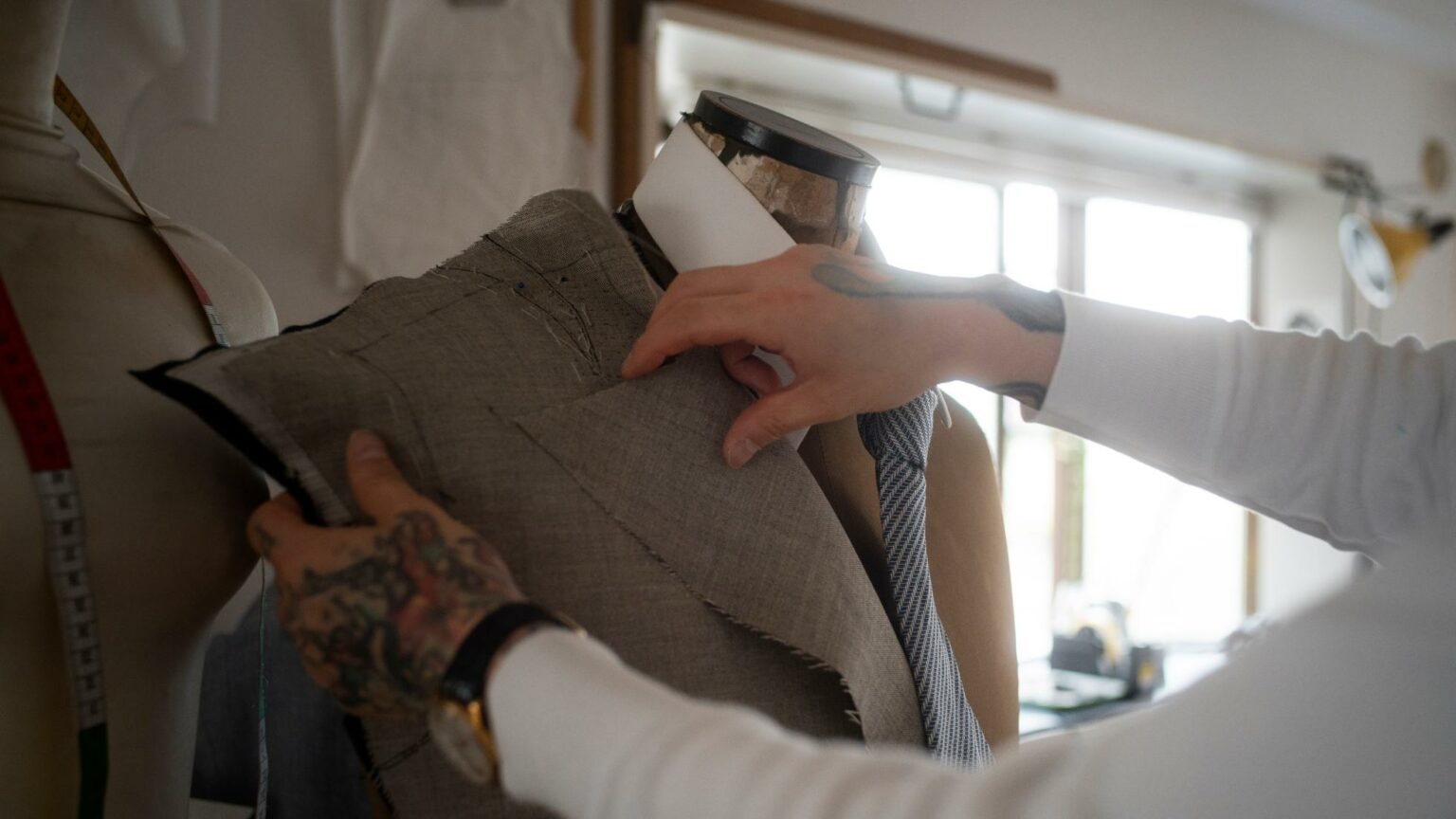Clothing manufacturing is one of the most pivotal decisions you’ll make when launching a new line. You’ve spent countless hours perfecting your collection, and now it’s time to decide: how to manufacture clothing that embodies your vision while maintaining quality and ethical standards? Should you produce your garments locally, ensuring hands-on oversight and fostering close relationships with manufacturers? Or should you explore outsourcing, where cost savings might come with trade-offs in control and transparency?
This decision goes beyond mere finances; it’s about shaping the very essence of your brand. The path you choose will impact everything from your brand’s reputation to customer loyalty and long-term growth. In a landscape where competition is fierce, understanding the nuances of clothing manufacturing is essential. Whether you prioritize proximity and control with local production or the scalability and cost-effectiveness of overseas manufacturing, each option carries its own set of advantages and challenges. Before you embark on this critical journey, let’s delve into these considerations to ensure your brand’s success from the start.
Local Clothing Manufacturing
Pros:
- Quality Control: Local clothing manufacturing allows you to monitor production closely. For brands that specialize in high-end apparel, this is very important since they have to ensure their products are of high quality.
- Faster Turnaround Times: If you work with a local clothing manufacturer, it will be possible for you to complete your order at a faster rate. There are shorter shipping times as well as better communication since these two parties share a similar geographical location.
- Supporting Local Economy: Manufacturing clothes locally helps keep people employed within the region instead of importing foreign laborers who may not contribute anything back to society but rather take away from it. Your company’s name can be recognized as one that promotes regional businesses by supporting local enterprises such as these.
- Sustainable Practices: Local clothing manufacturing is often more compliant with environmental regulations. This makes it easier to produce sustainably, a growing demand in the fashion industry.
Cons:
- Higher Costs: Local clothing manufacturing typically comes with higher labor costs. This can lead to higher prices for your products.
- Limited Capacity: Many local clothing manufacturers have limited production capacity, which might not meet the needs of large-scale operations.
Overseas Clothing Manufacturing
Pros:
Lower Costs: This is what clothing manufacturing overseas is usually offering. This is because labor is cheaper and there are economies of scale, especially in countries like China and Bangladesh.
Bulk production from overseas: Bulk manufacturing by overseas manufacturers is ideal for businesses that want to produce such significant quantities at a low price.
Specialization: in the world’s most highly developed countries, some specific other types of apparel production are present too. For instance, Italy is known best for its world-class leather items, while China has made itself popular with inexpensive yet stylish fashions.
Cons:
- Barriers to communication: Time zone variations as well as language barriers may cause complications in the process of communicating with others. Therefore, this will lead to misconceptions and production delays.
Quality Assurance Issues: It is hard to maintain quality standards in products manufactured abroad. The cost of shipping and distance may make it necessary for one not to visit them frequently.
- Increased Lead Time: At any one time, shipping from other countries may take several days, affecting the turnaround times because they cannot move fast enough according to the need in the market. Moreover, custom hold-ups can go on for a long time, which causes more delays.
Making the Right Choice: Local or Overseas?
When deciding between local and overseas clothing manufacturing, it ultimately comes down to your brand’s priorities. If your focus is on high-quality craftsmanship, faster production times, and supporting your local economy, local manufacturing is the clear choice.
By choosing local, you gain better control over the entire production process, ensuring that your garments meet your exact standards. Additionally, local manufacturing aligns with sustainable practices, which are increasingly important to today’s consumers. For those looking to connect with reliable local manufacturers, platforms like Maker’s Row provide a valuable resource, making it easier to find partners that share your commitment to quality and sustainability.
Choosing the Right Manufacturer
Selecting the right manufacturer is critical, as it directly impacts the quality and success of your clothing line. This is where platforms like Maker’s Row come in. Maker’s Row connects you to vetted local manufacturers, making it easier to find the right partner for your needs. With their comprehensive directory, you can easily find manufacturers that not only meet your quality standards but also align with your business goals. Whether you’re looking for small batch production or larger-scale operations, Maker’s Row ensures that you have access to trusted partners who understand the intricacies of clothing manufacturing. This kind of support can be a game-changer, helping you navigate the complexities of production while maintaining control over your brand’s future.
Conclusion
In the end, the choice between local and overseas clothing manufacturing depends on your specific needs. If quality and speed are your priorities, local production might be the best option. However, if cost is a significant concern, overseas clothing manufacturing could be more suitable than local ones. By weighing the pros and cons carefully, you can make a decision that supports your brand’s growth and values.
Maker’s Row helps businesses navigate through these decisions, providing both quality & convenience while locating trustworthy local manufacturers.

